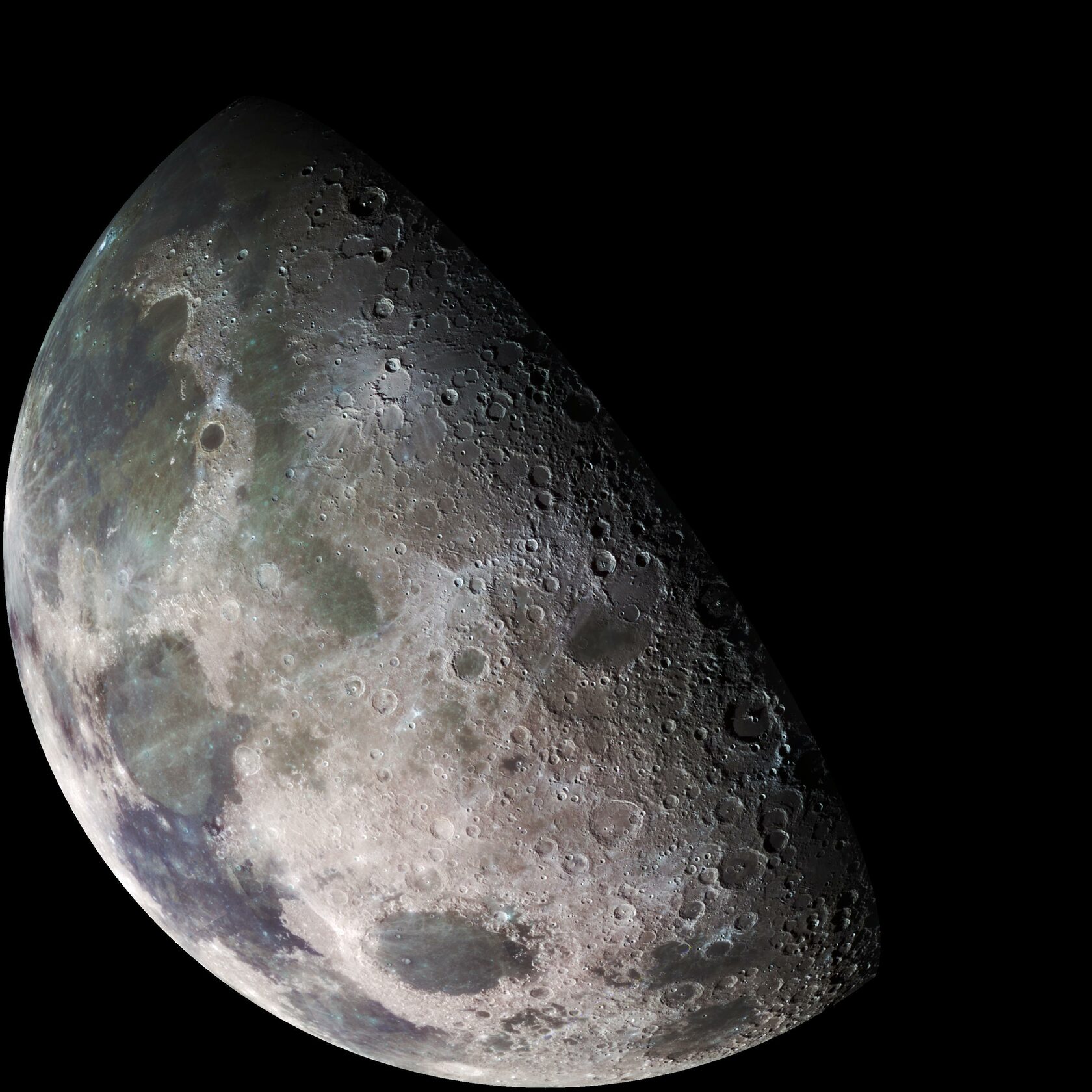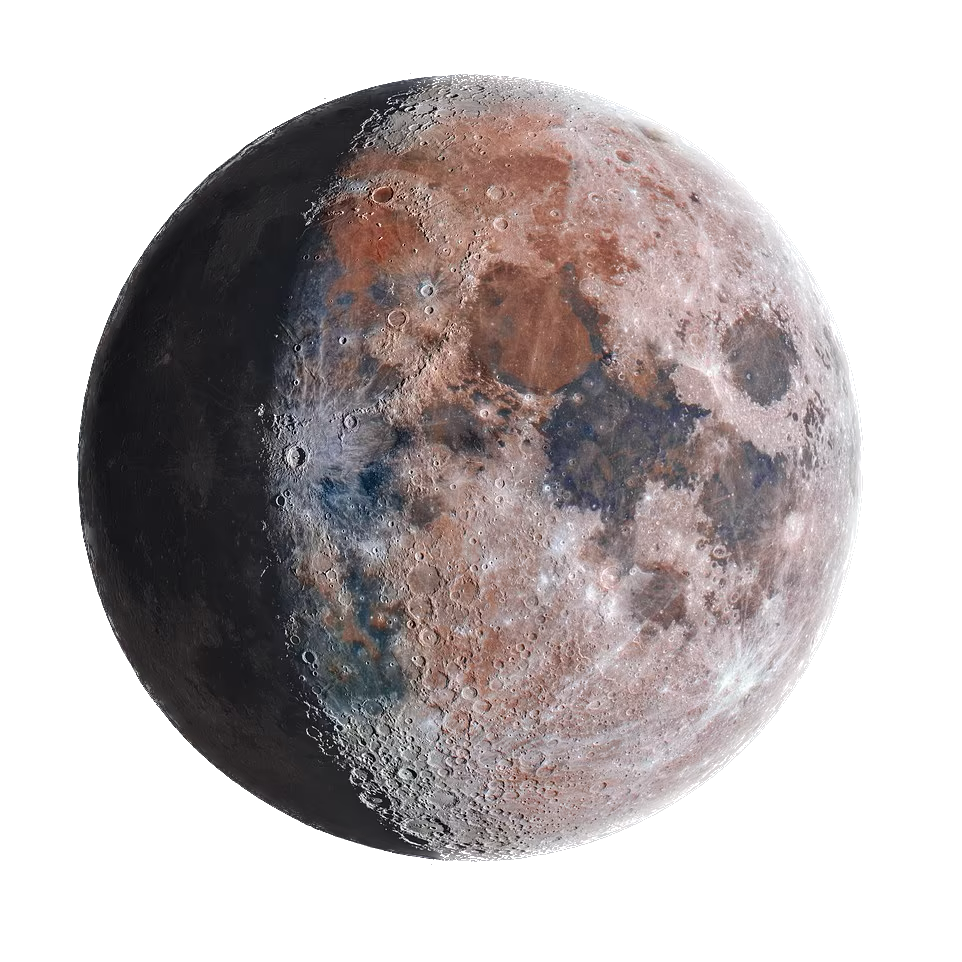

Make the Moon®
Yours Today
The Moon® illegal ownership attempts exist
Bruce Almighty tried to manipulate in 2003.
Wallace and Gromit:
picnic trespassing
picnic trespassing
Neil Armstrong
left the flag
left the flag
Dr. Evil
builds a secret base
builds a secret base
You can still own it!
The Moon® illegal ownership attempts exist
Bruce Almighty tried to manipulate in 2003.
Wallace and Gromit:
picnic trespassing
picnic trespassing
Neil Armstrong
left the flag
left the flag
Dr. Evil
builds a secret base
builds a secret base
The Ultimate Investment in Your Future
Own the Moon® and reach for the stars.
Hurry up!
Twelve people have walked on the Moon as part of the Apollo program between 1969 and 1972. The last time humans visited the Moon was in 1972. NASA and the Canadian Space Agency (CSA) announced the four astronauts who will venture around the Moon on Artemis II, the first crewed mission on NASA’s path to establishing a long-term presence at the Moon for science and exploration through Artemis.
240,000 miles (386,400 km)
3 days flight from Earth... only
3 days flight from Earth... only


Hurry up!
Twelve people have walked on the Moon as part of the Apollo program between 1969 and 1972. The last time humans visited the Moon was in 1972. NASA and the Canadian Space Agency (CSA) announced the four astronauts who will venture around the Moon on Artemis II, the first crewed mission on NASA’s path to establishing a long-term presence at the Moon for science and exploration through Artemis.
240,000 miles (386,400 km)
3 days flight from Earth... only
3 days flight from Earth... only


Hurry up!
Twelve people have walked on the Moon as part of the Apollo program between 1969 and 1972. The last time humans visited the Moon was in 1972. NASA and the Canadian Space Agency (CSA) announced the four astronauts who will venture around the Moon on Artemis II, the first crewed mission on NASA’s path to establishing a long-term presence at the Moon for science and exploration through Artemis.
240,000 miles (386,400 km)
3 days flight from Earth... only
3 days flight from Earth... only
Check out our three closest competitors and see why the Moon® is the best choice for your future home!
Mars
Has extreme temperature fluctuations, dust storms. However, it may be suitable for retired Hollywood stars like Matt Damon.
Mercury
has extreme temperature variations, with daytime temperatures reaching up to 800 degrees Fahrenheit and nighttime temperatures dropping to -290 degrees Fahrenheit.
Venus
has a thick, toxic atmosphere of carbon dioxide and sulfuric acid that would be impossible for humans to breathe or survive in.
Mars
Has extreme temperature fluctuations, dust storms. However, it may be suitable for retired Hollywood stars like Matt Damon.
Mercury
has extreme temperature variations, with daytime temperatures reaching up to 800 degrees Fahrenheit and nighttime temperatures dropping to -290 degrees Fahrenheit.
Venus
has a thick, toxic atmosphere of carbon dioxide and sulfuric acid that would be impossible for humans to breathe or survive in.
Mars
Has extreme temperature fluctuations, dust storms. However, it may be suitable for retired Hollywood stars like Matt Damon.
Mercury
has extreme temperature variations, with daytime temperatures reaching up to 800 degrees Fahrenheit and nighttime temperatures dropping to -290 degrees Fahrenheit.
Venus
has a thick, toxic atmosphere of carbon dioxide and sulfuric acid that would be impossible for humans to breathe or survive in.
Where to build a house on the Moon®? Use craters!
Lightning doesn't strike the same place twice.
Craters on the Moon®are a safe bet for building a house
because they've already taken the brunt of any previous impacts, making them less likely to be hit again by a meteor or space debris.
Using craters as a location can provide some benefits.
Craters can offer natural protection from radiation
and micrometeoroids, which are hazards on the moon's surface. Additionally, the walls of some larger craters may be in permanent shadow, which can provide a source of ice and potentially other resources.
Building your dream home on the moon?
Just bring your tools, we'll provide the view.
And don't worry, the closest DIY shop is only a short 3-day flight away.
Lightning doesn't strike the same place twice.
Craters on the Moon®are a safe bet for building a house
because they've already taken the brunt of any previous impacts, making them less likely to be hit again by a meteor or space debris.
Using craters as a location can provide some benefits.
Craters can offer natural protection from radiation
and micrometeoroids, which are hazards on the moon's surface. Additionally, the walls of some larger craters may be in permanent shadow, which can provide a source of ice and potentially other resources.
Building your dream home on the moon?
Just bring your tools, we'll provide the view.
And don't worry, the closest DIY shop is only a short 3-day flight away.
Lightning doesn't strike the same place twice.
Craters on the Moon®are a safe bet for building a house
because they've already taken the brunt of any previous impacts, making them less likely to be hit again by a meteor or space debris.
Using craters as a location can provide some benefits.
Craters can offer natural protection from radiation
and micrometeoroids, which are hazards on the moon's surface. Additionally, the walls of some larger craters may be in permanent shadow, which can provide a source of ice and potentially other resources.
Building your dream home on the moon?
Just bring your tools, we'll provide the view.
And don't worry, the closest DIY shop is only a short 3-day flight away.
Want even more from Moon®? Check these facts out.
The Moon®: rich in resources, rich in opportunity.
Want even more from Moon®? Check these facts out.
The Moon®: rich in resources, rich in opportunity.
Want even more from Moon®? Check these facts out.
The Moon®: rich in resources, rich in opportunity.
Helium -3
This rare isotope could potentially be used as a fuel for nuclear fusion reactors. Estimated price - trillions of $!
cerium, neodymium, and yttrium which are critical for many high-tech applications, are present on the Moon in higher concentrations than on Earth
Iron, Titanium, and Aluminum
These metals are abundant on the Moon and could potentially be mined and used for construction, manufacturing, and other purposes.
Regolith
The Moon's surface is covered in a layer of fine, powdery dust called regolith. It could be used for building structures, as a radiation shield
Rare Earth Elements
Helium -3
This rare isotope could potentially be used as a fuel for nuclear fusion reactors. Estimated price - trillions of $!
cerium, neodymium, and yttrium which are critical for many high-tech applications, are present on the Moon in higher concentrations than on Earth
Iron, Titanium, and Aluminum
These metals are abundant on the Moon and could potentially be mined and used for construction, manufacturing, and other purposes.
Regolith
The Moon's surface is covered in a layer of fine, powdery dust called regolith. It could be used for building structures, as a radiation shield
Rare Earth Elements
Regolith
The Moon's surface is covered in a layer of fine, powdery dust called regolith. It could be used for building structures, as a radiation shield
Helium -3
This rare isotope could potentially be used as a fuel for nuclear fusion reactors. Estimated price - trillions of $!
cerium, neodymium, and yttrium which are critical for many high-tech applications, are present on the Moon in higher concentrations than on Earth
Rare Earth Elements
Iron, Titanium, and Aluminum
These metals are abundant on the Moon and could potentially be mined and used for construction, manufacturing, and other purposes.
Solar Energy
The Moon receives abundant sunlight, which could be harnessed to generate electricity through solar panels or other technologies.
Water
Water ice has been detected in some areas of the Moon, particularly near the poles where it is permanently shadowed.
Water
Solar Energy
The Moon receives abundant sunlight, which could be harnessed to generate electricity through solar panels or other technologies.
Water ice has been detected in some areas of the Moon, particularly near the poles where it is permanently shadowed.
Water
Solar Energy
The Moon receives abundant sunlight, which could be harnessed to generate electricity through solar panels or other technologies.
Water ice has been detected in some areas of the Moon, particularly near the poles where it is permanently shadowed.
I spent 40 years on the moon, but it wasn't all bad. Amazing views, peace and quiet - no annoying neighbors. Oxygen and company were the only drawbacks.
Boris the Animal
Intergalactic traveler
Despite the isolation and hard work, there's something incredible about being the only person here. But maybe not the only one...
Sam Bell
Lunar miner
We speak highly of ourselves, but so do our testers.



Sorry
According to The Outer Space Treaty of 1967, I cannot sell you the Moon. However I would be honored to create an amazing landing page for you.
This is the beginning of a beautiful friendship.
Technical specifications
Radius
1737.4 km (0.2727 of Earth's)
Circumference
10921 km
Mass
7.342×1022 kg 0.0123 of Earth's)
Surface gravity
1.622 m/s2 (0.1654 g; 5.318 ft/s2)
Volume
2.1958×1010 km3 (0.02 of Earth's)
Alternative names
LunaSelene (poetic)Cynthia (poetic)
Surface pressure
10−7 Pa (1 picobar)


